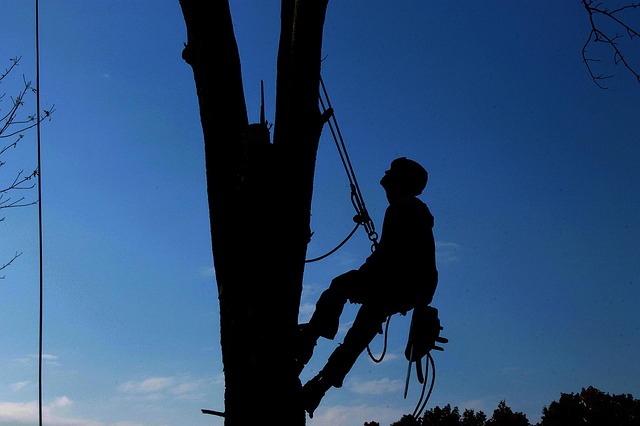In the aftermath of a storm, proper cleanup and maintenance are crucial for restoring your Anderson, SC property to its pristine state. This comprehensive guide provides essential insights into navigating post-storm scenarios, focusing on safety and efficient restoration. We’ll walk you through assessing storm damage, equipping yourself with the right tools and safety gear, and share expert pruning tips for a healthier, more vibrant landscape. Additionally, discover seasonal maintenance practices that guarantee longevity and optimal health for your property.
- Assessing Storm Damage: The First Step
- Tools and Safety Gear for Efficient Cleanup
- Restoring Your Property: Pruning Tips
- Seasonal Maintenance for Longevity and Health
Assessing Storm Damage: The First Step
After a severe storm, one of the first steps in maintaining your landscape is assessing any storm damage. In Anderson, SC, where storms can be frequent and intense, it’s crucial to inspect your property thoroughly. Start by walking around your yard, looking for any broken or damaged branches, trees, or shrubs. Pay close attention to areas with heavy debris accumulation, as these might indicate structural issues.
Remember that safety is paramount; if you notice any hazardous situations, such as a tree hanging over your home or power lines, contact professionals immediately. Properly assessing storm damage will help guide your pruning and maintenance efforts, ensuring your landscape not only recovers but thrives in the post-storm environment.
Tools and Safety Gear for Efficient Cleanup
When preparing for storm damage cleanup in Anderson, SC, having the right tools and safety gear is essential for efficient and safe work. Start by equipping yourself with sturdy gloves, safety goggles, and a respirator mask to protect against debris, sharp objects, and potential dust or mold. A good set of pruners, shears, and saws tailored for various branch sizes will make light work of removing damaged or dead limbs.
Consider also investing in a reliable ladder that reaches high branches, as well as a sturdy tarp to catch falling debris during the cleanup process. For larger branches, a chainsaw can be useful, but ensure it’s maintained and operated by someone with experience to avoid accidents. Lastly, don’t forget a set of ear protection for added safety when using power tools.
Restoring Your Property: Pruning Tips
After a storm, your property may be left with damaged or dead branches, requiring prompt attention during the recovery process. Seasonal pruning is an essential part of restoring your landscape to its former glory in Anderson, SC. Start by assessing any storm damage and identifying branches that pose a risk to safety or your home’s integrity.
When preparing for storm damage cleanup Anderson SC, consider the overall health of your trees. Remove dead or diseased branches to prevent further issues. Prune back damaged limbs to encourage new growth and strengthen the tree’s structure. Keep in mind that proper pruning techniques are crucial; always use sharp, clean tools to make clean cuts and avoid damaging the trunk or remaining branches. Regular maintenance ensures a vibrant and resilient landscape, enhancing your property’s value and aesthetics.
Seasonal Maintenance for Longevity and Health
Regular seasonal pruning and maintenance are vital for ensuring the longevity and overall health of your landscape and plants in Anderson, SC. Just as we prepare our homes for changing seasons, so should we tend to our outdoor spaces. In the fall, focus on removing dead or damaged branches caused by storms and strong winds. This prevents potential hazards and disease spread. Additionally, trimming trees and shrubs helps improve their shape and promotes better growth in the next season.
Winter is a great time for deep cleaning and preparation. After the colder months, spring brings new life, making it ideal for fertilizing and addressing any winter-related damage. Promptly attending to storm damage cleanup Anderson SC can protect your investment and keep your property looking its best year-round. Regular maintenance fosters a robust and vibrant outdoor environment.
